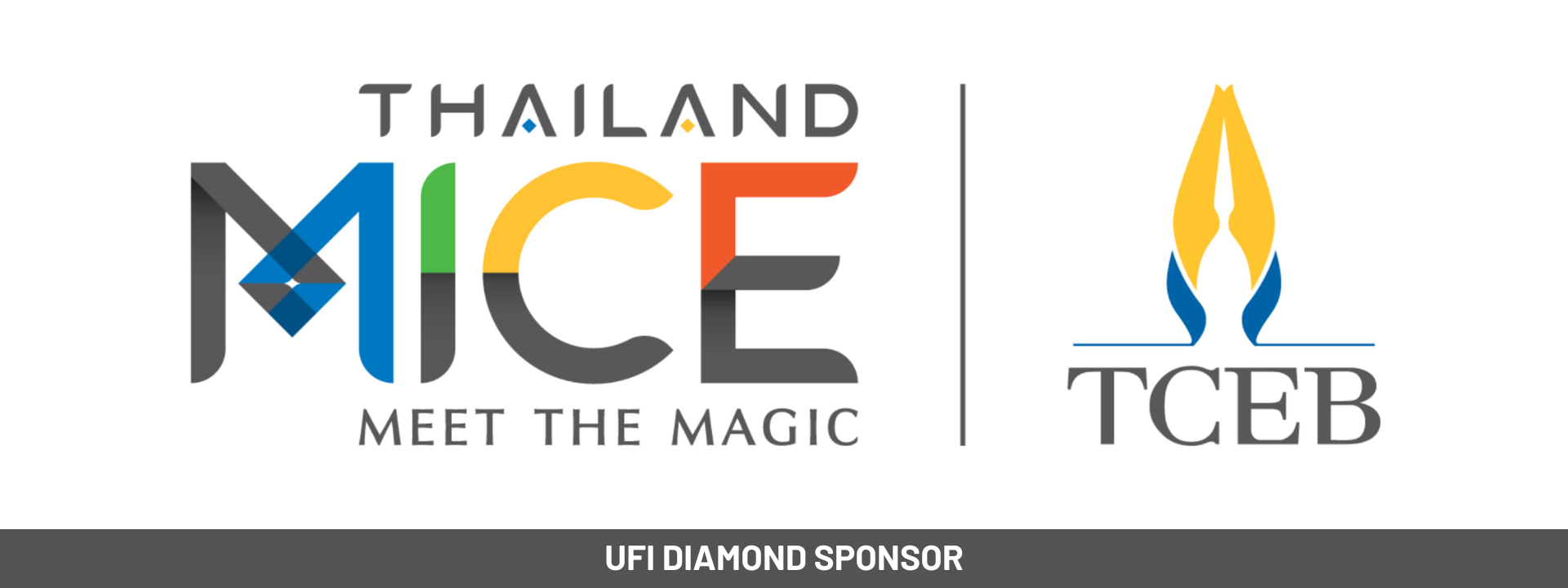
Stephanie Selesnick, President of International Trade Information, Inc.
Recently, I was in charge of coordinating the booths for clients at two exhibitions here in the United States. The process was painful. One of the worst parts was navigating exhibitor manuals. Both (from different companies) were not intuitive and technologically challenging. In other words, it was difficult to find, then order booth display items, etc. Compare that with TripAdvisor.com, who makes the experience easy. You may order and pay for airfare, hotel, excursions, and museum tickets all through that site.
Many pre-show emails from one of the organizers seemed more of an attempt to upsell instead of educating exhibitors on how to successfully exhibit. It did not appear show management had our best interests at heart. We were simply another dollar to be made.
These kinds of negative pre-show experiences experienced were unnecessary with the technology and know-how available today.
The UFI & Explori Global Exhibitor Insights Report released last year showed that the world’s exhibition industry’s NPS – Net Promoter Score – is on average the same as banks. It is low (-17 out of a scale from -100 to +100).
When Baselworld’s largest exhibitor, Swatch Group, decided to leave the exhibition earlier this year, the former anchor exhibitor was quite vocal and scathing in remarks to the press. Show organizer the MCH Group denied the allegations. However, perception is everything. The exhibitor felt ignored and used – consequently exiting the event.
Who loses when this happens? Everyone in the industry ecosystem. The recent closures of CEBIT and InterBike are wake up signs. The exhibition industry as a whole must do a better job of what we do, if we want to keep doing it.
Watch industry writer Timmy Tan said post-Swatch Group exit, the future, “[for] Baselworld to remain relevant, it needs to go back to what it was originally about. The fair needs to remind itself of the spirit in which it began and think about the reasons that it got so successful in the first place.”
It’s time to go back to basics. If your exhibitors believe show management leadership and policies are more closely aligned with banks rather than Amazon, it’s time to re-evaluate and make a positive change. Immediately.
Note: This blog was also inspired by Paul Woodward, Chairman at Paul Woodward Advisory’s recent blog on LinkedIn LINK:discussing the future of exhibitions and Kai Hattendorf, UFI MD’s 2019 Trends.







Great article! Like as expo segments, the business to to provide valuable service and to make a profit in doing so.
In the end, a balance must be reached where the service/profit you deliver as an organizer or supplier provides the same, or better. return for the exhibitor. In my book, Trade Shows from One Country to the Next, I point out that the USA is the most difficult, and the most expensive, country to do trade shows. The unions, drayage model, services, and regulations are stricter than most other countries to participate in a trade show event. Many in our industry are trying to change our US methods, but in my opinion it will not change quickly until the return on investment for exhibitors in US trade shows is less than the cost to participate in an event. The US shows (as a whole) still provide exhibitor value to participate in spite of higher cost. When costs become greater than the return (with smart planning), than change will come more quickly.
As the costs go up, and the threshold of pain increases, time will tell at what point exhibitors will loose their faith in trade show marketing here in the states and invest their marketing dollars elsewhere. Your point is well taken, organizers need to focus more strongly on the value they provide to the exhibitors, and less on their profitablity. Strong value first, and profit will follow. If not, change or loose business to smarter competitors.
Great Article Thanks for sharing your experience.